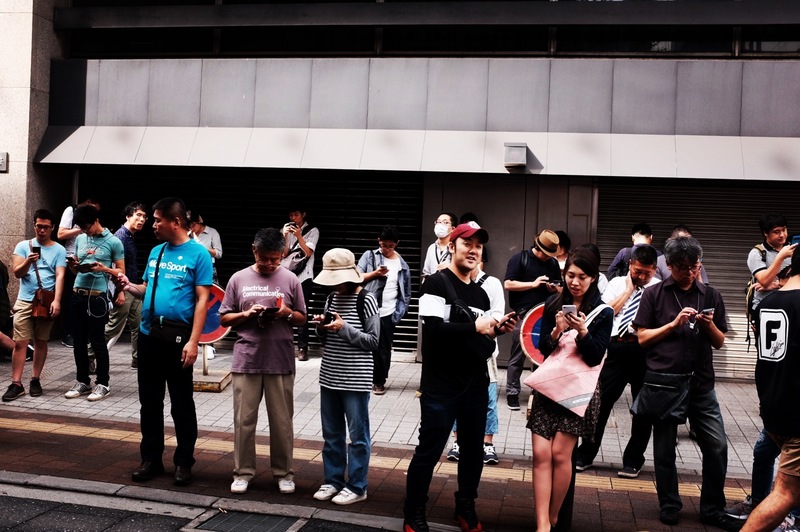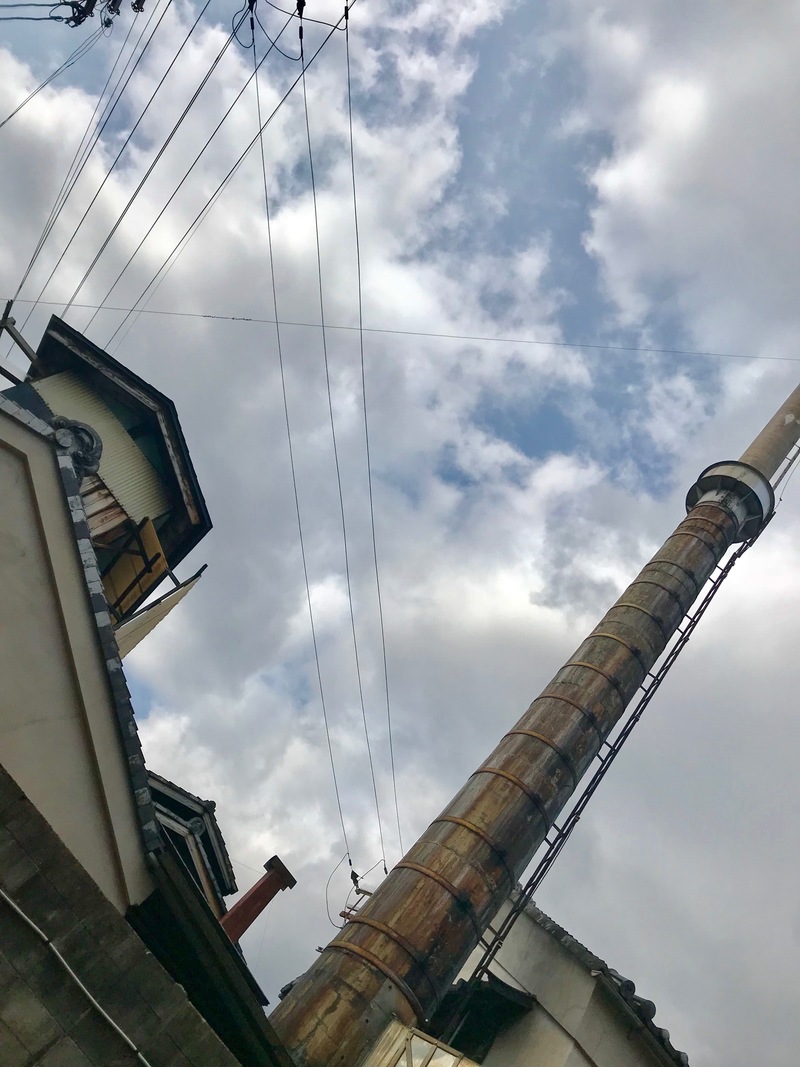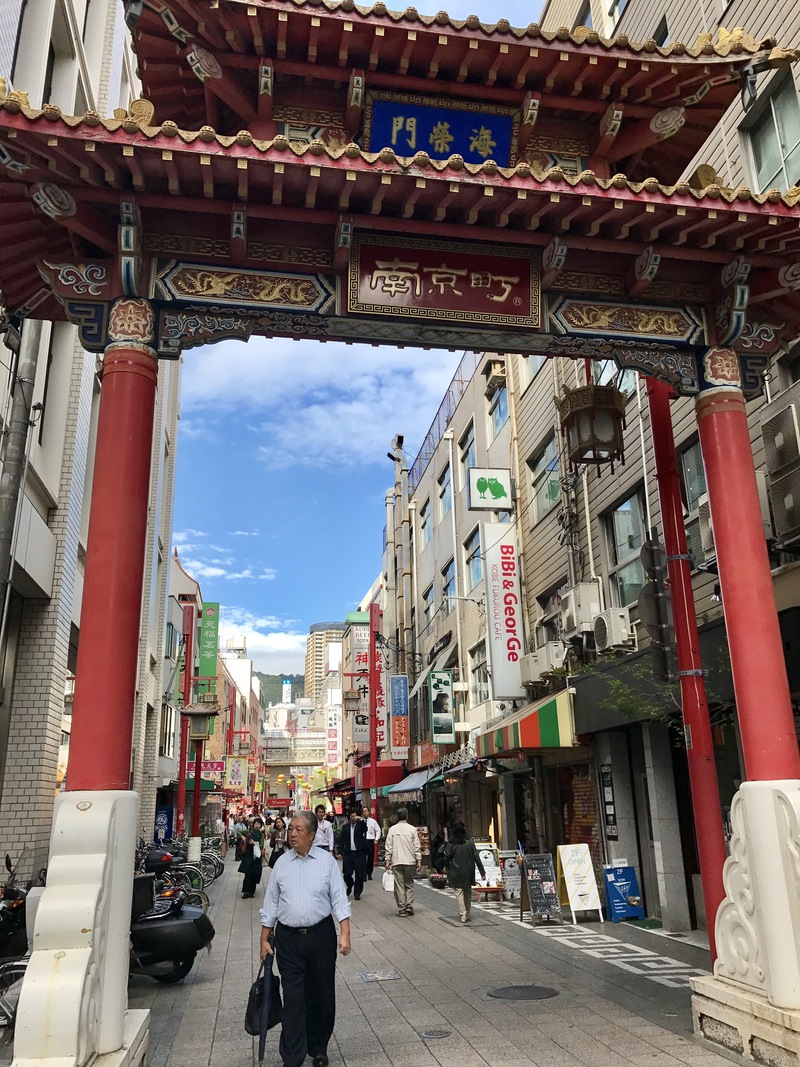One of the most surprising but mostly pleasing experiences for foreigners visiting Japan is the level of technological comfort built in to many of the toilets in Japanese homes and public restrooms. Toilets are primarily divided into two categories: 和式 (washiki, or Japanese style) and 洋式 (yōshiki, or Western style). The Japanese style toilet is designed for squatting (and more convenient for people wearing kimono) while the Western style toilet is for sitting.
There are several manufacturers of high tech toilets in Japan, but probably the most famous is Toto Ltd, which made Japan's first seated flush toilet in 1914. Concomitant with the increased consumption of other household goods after World War II, Japanese families began installing Western style toilets in their homes. Many private homes in Japan did not have central heating, however, and a trip to the toilet was a bitterly cold experience, especially at night or in the morning. This is still the case for many Japanese homes today: gas or electronic heaters are used in individual rooms rather than central heating throughout the house. Since the 1980s, however, a visit to the little cold cubicle that houses a home toilet has been mitigated by the comfort of a high tech toilet, with a heated seat and bidet style attachments that spray water in pre-programmed areas. Often a towelling ring (held in place by elastic) is placed over the seat to provide a little cushioning and to break the cold contact between hard plastic and one's vulnerable seat.

Restroom in Doshisha University
All of these features mean that using the toilet is a much more vivid sensory experience: in the small space of a home cubicle (or a public restroom stall), the sound of the toilet flush is magnified. Using the toilet can also be a bit more complicated as there are many switches to navigate.
In public restrooms, there are also sound machines (sometimes called oto no hime or "sound princesses") that mimic the sound of flushing (heard in the sound clip above), which mask the sound of the user without wasting water. During the summer months, of course, the heating function is turned off.

A sound effect feature in a public toilet in Kyoto.

The washlet dashboard in both English and Japanese
Toilet Photo and recording by Tamara Kohn
Sound effect and dashboard photos by Carolyn Stevens
Text by Carolyn Stevens












